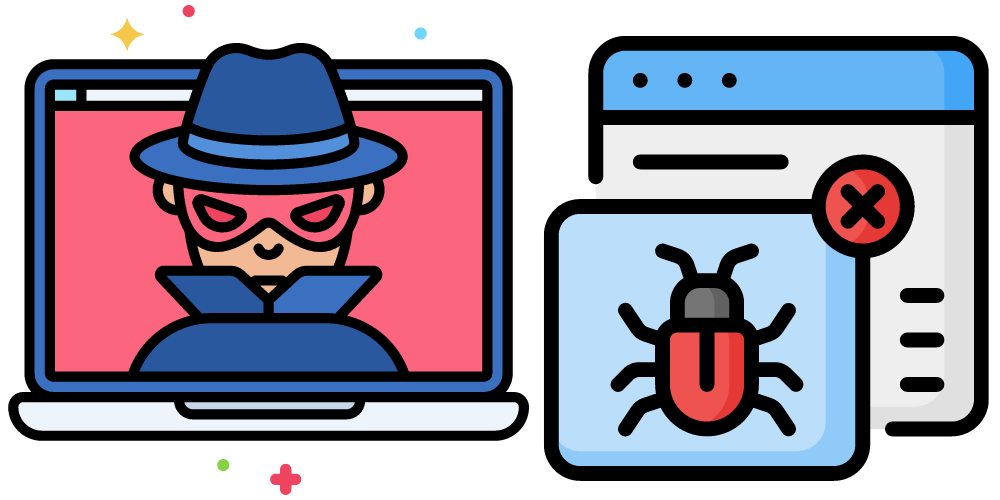
Spyware: The Silent Observer
Spyware is a type of software designed to collect information from a user's computer or device without their knowledge or consent. The purpose of spyware can vary widely, but it often revolves around monitoring a user's online activities, gathering personal information, or displaying targeted advertisements. This makes spyware a potent tool for cybercriminals seeking to steal sensitive data or exploit it for financial gain.
Key Characteristics of Spyware:
- Stealthy Installation: Spyware often sneaks onto your device without your awareness. It may be bundled with seemingly harmless software, or it can exploit vulnerabilities in your system to gain access.
- Data Collection: Spyware can track your browsing habits, capture keystrokes, monitor emails, and even record your login credentials, creating a serious breach of privacy.
- System Sluggishness: Infected devices may experience performance issues, including slow startup, lagging applications, and frequent crashes.
- Security Risks: Some forms of spyware can serve as backdoors for other malicious software, making your device vulnerable to additional threats.
Adware: Annoyance with a Purpose
Adware, short for "advertising-supported software," is a type of software that displays advertisements on a user's device. While not always inherently malicious, adware can be incredibly annoying and disruptive. Some adware, however, crosses the line by using invasive tactics to generate revenue, leading to privacy concerns and potential security risks.
Key Characteristics of Adware:
- Invasive Advertisements: Adware often inundates users with intrusive and unwanted ads, including pop-ups, banners, and even redirecting web pages.
- Bundled Software: Adware may be bundled with free software, enticing users to install it alongside the desired program. This tactic can catch users off guard.
- Data Collection: Some adware tracks user behavior to display targeted ads. While this is intended to increase the relevance of advertisements, it raises privacy concerns.
Conclusion: Protecting Yourself With the Best Practices
- Use Antivirus and Anti-Malware Software: Install reputable security software that can detect and remove spyware and adware.
- Keep Software Updated: Regularly update your operating system and applications to patch vulnerabilities that malware might exploit.
- Be Cautious with Downloads: Only download software from trusted sources, and be cautious of "free" offerings that seem too good to be true.
- Read Permissions: Pay attention to the permissions requested by apps during installation and review app settings to restrict unnecessary access.
- Educate Yourself: Stay informed about the latest security threats and best practices for online safety.
In conclusion, spyware and adware are threats that can compromise your privacy and online experience. By understanding their characteristics and adopting preventive measures, you can better protect yourself from their potential harm and continue to enjoy a safer digital life.